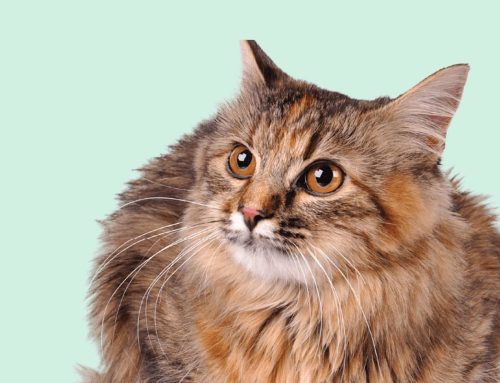Your Pet’s Protection Depends On You
Did you know that often, health problems in cats can be attributed to oral infections? Periodontal disease is a major cause of illness in cats, and it occurs when plaque and tartar accumulates in the mouth. It’s estimated that without proper dental care, a staggering 70% of cats will suffer from oral diseases by the time they are three years old. As shocking as the estimations are, you can follow a few useful tips to ensure your cat has healthy teeth and gums for life.
Here’s what you can provide your cat to ensure healthy teeth and gums:
- A healthy nutritious diet including raw bones (never cooked);
- Chewing treats;
- Regular brushing; and
- Dental examination every year conducted by your vet.
Healthy Diet for Healthy teeth
Certain foods are known to promote and facilitate dental health in cats, so provide plenty of these foods for your cat. The main one is dry food. From a dental perspective, dry food is better for teeth and gums than canned food. The abrasiveness of dry food helps remove the bacterial plaque which later hardens into tartar. The chewing action associated with eating dry food provides your cat with an oral workout and keeps the gums stimulated. Your vet can recommend the best dry food available to reduce plaque and tartar accumulation.
When it comes to what not to feed your cat, avoid sweets and leftovers as these may further help the development of plaque and tartar.
Brushing Teeth Is Very Important
To keep your cat’s teeth free from the plaque, tartar and decay that cause gum disease, make sure you brush his teeth frequently. It will require some getting used to on your cat’s part, so start a daily tooth brushing routine for your kitten from the day you bring them home. You can also train older cats to accept the brushing habit every day.
Slowly familiarise your pet with the activity first by making it as positive experience. Encourage and acknowledge throughout the process and when successfully done, reward with the favourite treat. Here are the steps you can follow:
Step 1
- Begin by dipping your finger in warm water or tuna water
- Gently rub the dipped finger over the gums and teeth
- Repeat until your pest is comfortable with it
Step 2
- Next step is to insert your finger covered with a piece of gauze to cleanse the teeth in circular movement.
Step 3
- When the gauze activity can be comfortably done, start using a tooth brush. The best tooth brush is an ultra soft one designed for babies or a specially designed pet tooth brush.
Step 4
- When your pet is used to brushing with a tooth brush you can then introduce pet toothpaste in liquid or paste form. Remember do not use human tooth pastes as it can upset your cat’s stomach. Pet toothpaste contains chlorhexidine or stannous fluoride. Your veterinarian may also advise the use of an antiseptic spray or rinse after brushing.
Dental Examination Every Year
The best dental care starts at home and ends with yearly examination by a veterinarian. The vet will examine the entire oral cavity to identify any underlying causes of decay, particularly the accumulation of tartar. It is important to note that brushing eradicates the plaque and not the tartar, so the removal of tartar is the job of a veterinarian using professional cleaning and polishing tools. This process is conducted after giving anaesthesia. The removal of tartar from the upper and lower gum line is followed by fluoride treatment. You may also be advised to follow care instructions at home.
Some More Guidelines:
- Chew treats can be helpful in the removal of plaque and also keeps the gums stimulated;
- Be careful with wooden sticks because when a pet picks up wooden objects in the mouth, they can sustain gum injuries and chipped teeth; and
- Don’t let your pet chew on hard objects like stones and metals, because they can cause tooth damage, breaking of teeth and infections.
Figures and Data:
- Kittens will show their first 26 milk teeth or deciduous teeth at the age of 2 to 3 weeks and 30 permanent teeth start showing up when the kitten is 3 months of age.
- Of all the common household mammals, cats have the least number of teeth.
- Puppies will show deciduous teeth when they are 2 weeks old, and 42 permanent teeth start to appear at the age of 3 months.




